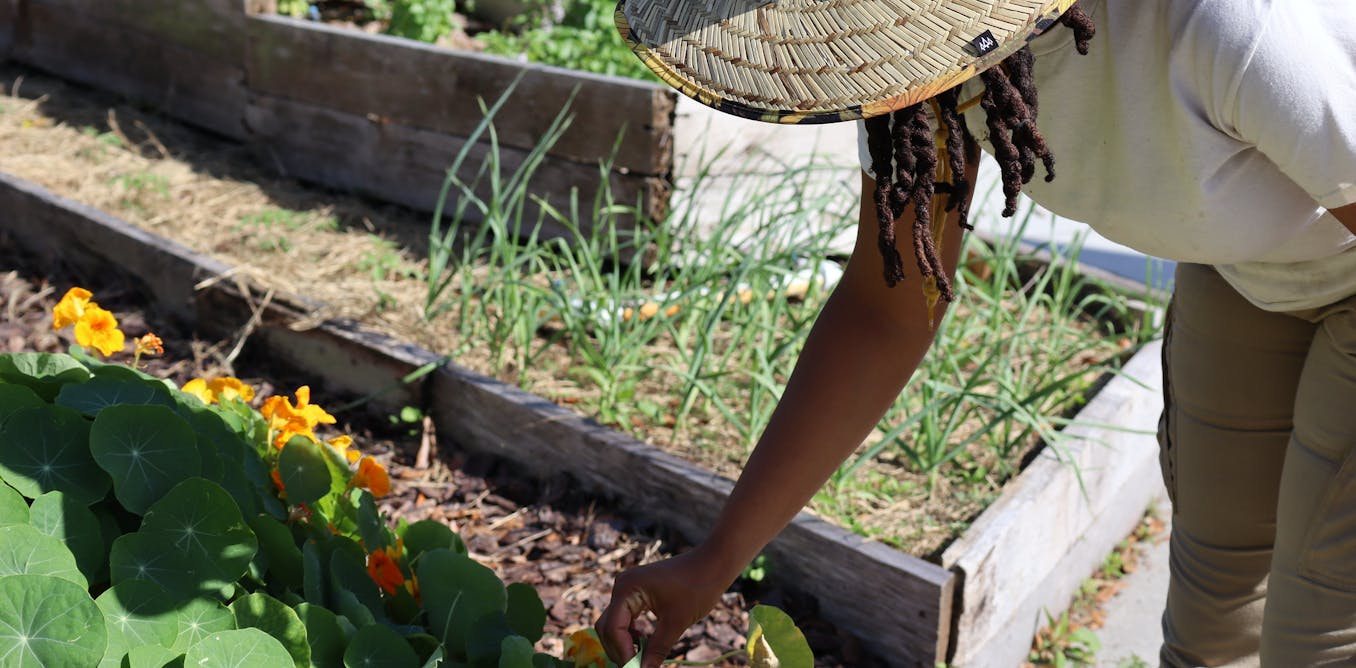City Blooming Fundamentals Explained
City Blooming Fundamentals Explained
Blog Article
The Facts About City Blooming Revealed
Table of ContentsThe 2-Minute Rule for City BloomingThe Only Guide to City Blooming10 Easy Facts About City Blooming DescribedThe Ultimate Guide To City BloomingEverything about City Blooming
Fascinated in growing food to buy in the City of Chicago? Thinking of beginning an area garden? Modifications to the Chicago Zoning Ordinance enable agricultural usages like area gardens and city farms in lots of components of the city. Below is a listing of often asked questions regarding the regulations and regulations that cultivators should consider when planning an urban farming task.
The zoning change does not change any type of other codes handling composting, building authorizations, purchasing or leasing City owned building, organization licenses or ecological contamination. There are existing codes that control these issues and they stay completely effect and may be applicable to your job. Community yards are typically had or managed by public entities, public organizations or community-based organizations and preserved by volunteers.
Urban farms grow food that is planned to be sold, either on a nonprofit or for-profit basis. Because of their industrial function, metropolitan ranches need an organization license. Yes. A neighborhood garden is allowed to offer surplus create that was grown on website if the sales are accessory or subordinate to the garden's primary function described over.
Some Ideas on City Blooming You Need To Know
Composting is allowed but just for plant product that is produced and made use of on site. The amount of compost material can not surpass 25 cubic lawns at any provided time according to the standards in 7-28-715 of the City's Municipal Code. Yes. Since the dirt at a lot of brand-new garden sites requires changing, compost, dirt, timber chips, or other products can be obtained to construct or enhance the growing space - balcony and patio garden design.

If a structure permit is required then the hoophouse will be thought about an accessory building. You can find out more about the structure license requirements by speaking to the Department of Structures. The 25,000-square-foot dimension limitation is meant to stop a single area garden from controling an offered block or taking away from the block's existing household or business personality.
The limit does not use to gardens found in Public Open Area (POS) areas. Can there be more than one area garden that is 25,000 square feet on a single block? Fence is not called for, nonetheless, yards that have huge car parking locations might be called for to install secure fencing or other landscaping attributes.
The smart Trick of City Blooming That Nobody is Talking About
B1 & B2 areas require that all industrial usage tasks be performed inside your home. Is fence needed for city farms? Fences may be needed, along with landscaping and screening, for specific car parking areas and outdoor work or storage space areas depending on place and the certain task taking place.
Yes. Urban farms call for structure licenses and zoning approvals before construction. Various other types of city review might be called for relying on certain structures, tasks, dimension, landscape design, licensing, public health and stormwater management concerns. Much of these needs are recognized in the task layout or permitting process, nonetheless, the candidate might be liable to separately recognize details licenses see or permits that might be needed.
Yes. The kind of license is figured out by what is happening at the website. The Division of Organization Affairs and Consumer Protection can assist determine the details kind of company permit that's needed. Yes. Off road car park is needed for most commercial tasks in Chicago. The called for number of garage is based on the number of workers working on website and not the square footage of the expanding area.
The Definitive Guide for City Blooming

An urban ranch can sell compost material produced on site, however, the operation must comply with the policies in 7-28-715 of the Chicago Municipal Code. Aquaponic systems are permitted inside your home on urban farms in many zoning areas.
Up to five hives or swarms of honey bees might be kept as an accessory usage. Nevertheless, beekeepers must sign up with the Illinois Division of Agriculture. For even more information concerning the suggested zoning amendment you may get in touch with the Division of Real Estate and Economic Advancement, Bureau of Preparation and Zoning at 312.744.8563.
, which takes area in country areas at the side of residential areas.
More About City Blooming
It can entail a motion of organic growers, "foodies" and "locavores", who seek to develop social media networks based on a shared values of nature and area holism. These networks can establish by means of official institutional assistance, becoming integrated into neighborhood community planning as a "shift town" motion for sustainable metropolitan growth.
Some of the first proof of urban farming comes from Mesopotamia.
Report this page